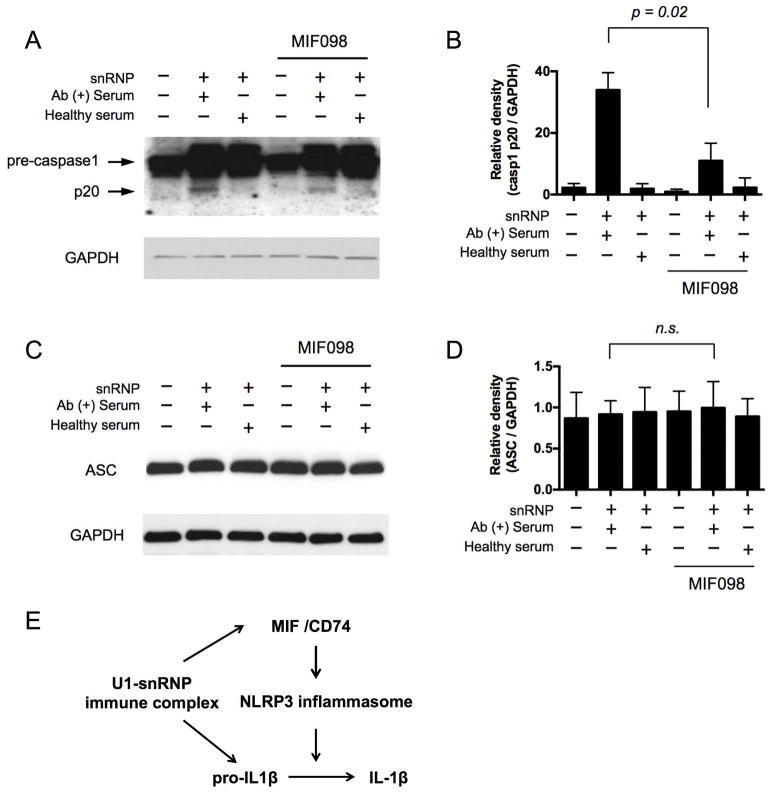Figure 3. The activation of caspase-1 in human monocytes in response to the lupus snRNP immune complex is decreased by blocking MIF.
(A–D) Western blot analysis of pro-caspase1, caspase1 p20 (A) and ASC (C) in human monocytes that were incubated for 18 hours with or without U1-snRNP (snRNP, 5 μg/ml) and/or healthy serum or anti-U1-snRNP antibody-positive (Ab+) serum (5% final concentration) in the presence or absence of the MIF antagonist MIF098 (20 μM). Representative data from 4 independent experiments with 4 donors. (B, D) Relative density of caspase1 p20/GAPDH (B) and ASC/GAPDH (D) Western blot analysis (n = 4). Bars and error bars indicate mean ± and SEM, respectively. The P-values were obtained by the paired t-test. NS, not significant. (E) A model showing the possible role of MIF in the production of IL-1β from human monocytes upon U1-snRNP immune complex stimulation. The U1-snRNP immune complex induces the secretion of MIF. The secreted MIF binds the MIF receptor CD74 on monocytes, leading to the activation of the NLRP3 inflammasome by promoting NLRP3 gene and protein expression. The activated NLRP3 inflammasome cleaves pro-IL-1β into IL-1β.

